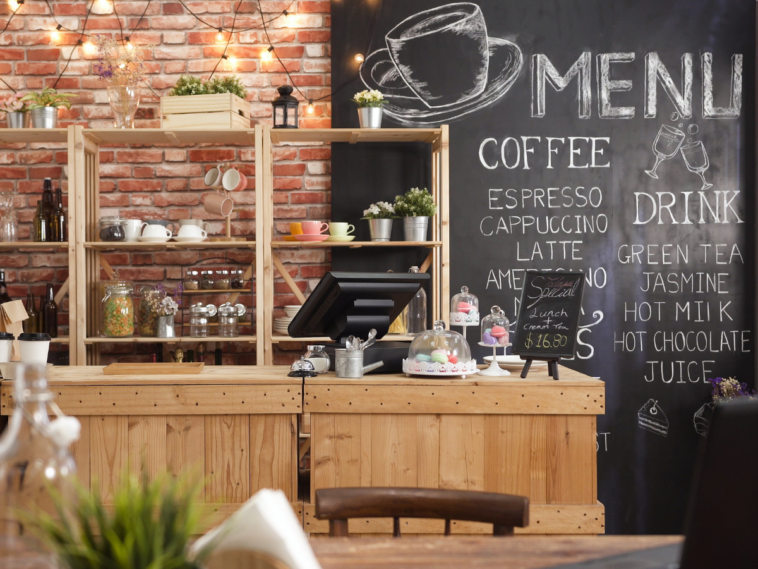Working from home might be a la mode, but it’s not as sweet as it once was for many — if this is you, consider adding third place to your routine.
While statistics show that 80% of workers appreciate having a flexible schedule, and 75% of people enjoy having fewer distractions at work than at the office; a silent, solitary life of boundary-less work can become a little isolating.
An additional 60% of people reported feeling lonely while working from home and missing a social element with coworkers more than anything else about the office. Job burnout is also at an all-time high as a result of schedules shifting from flexible to interminable, and seeing as only 59% of workers have access to a desk when they work from home, one’s job can follow them to their couch, bed, or other places designed to be vital, not productive.
Given that working from home has become draining and working from the office has become stifling, how do we benefit from flexible, distraction-free working combined with connection and socialization? The answer is simple: work from a third place.
What is a “Third Place”?
Coined by sociologist Dr. Ray Oldenburg in 1989, “third places” are defined as community locations intended initially to solve the problem of a lack of resources in towns that lack sufficient resources at work and home.
If one doesn’t have air conditioning, WiFi, adequate socialization, or access to clean bathrooms at home, they go to their third place where all these things and more await them. Characteristics of a third place include “a playful mood,” “regulars,” “accessibility,” and “a low profile.”
Urban planners frequently see the rise and fall of third places as the economy fluctuates, and the third place often reflects its neighborhood in terms of frills and cost. While in a less affluent part of town, a third place might be the McDonalds, in a chic neighborhood, the third place is a coffee shop with $7 oat milk latte.
Where Do I Find My Local Third Place?
To find your local third place and make a home-away-from-home there, you first need to know what a third place isn’t. So here’s how to figure out if you’re getting the real deal.
1. It is Not an Office Share
Just because an office-sharing space advertises as a hip place with beer on tap doesn’t mean it’s a third place. Your third place should be somewhere that doesn’t require a rent check every month or a formal obligation to show up on certain days. Using a group office space might be nice to meet people in the same boat as you. But using it as a third place could eliminate some of the original benefits, as it only caters to those who pay to use the space.
2. It Isn’t Just a Chain
Starbucks might have a “third place policy,” one that’s benefited many a writer, worker, or friend. And in some cities, a Starbucks is the perfect third place, as you’ll meet people from all walks of life – there to read, write, learn, and chat. But in larger cities with more options, like libraries, cafés, parks, or casual restaurants, you’re more likely to experience the familiar feel of a third place somewhere that’s not a chain. One of the most significant parts of a third place is that it connects you to your personal community, your locality, and your neighbors.
3. It Should Keep You Focused
A third place traditionally is somewhere that fosters productivity and mental stimulation as much as it generates relaxing, soothing relationships. From a more existentialist perspective, a third place is supposed to be the intersection of two “conflicting spaces.”
Urban planner and academic Edward Soja specify that the ideal third place is somewhere that provides an intersection of work or school and home. Though the mood is playful, and the energy is calming, you should come out of your experience in a third place feeling more connected and creative, almost like you’ve accomplished a goal you didn’t realize you had.



